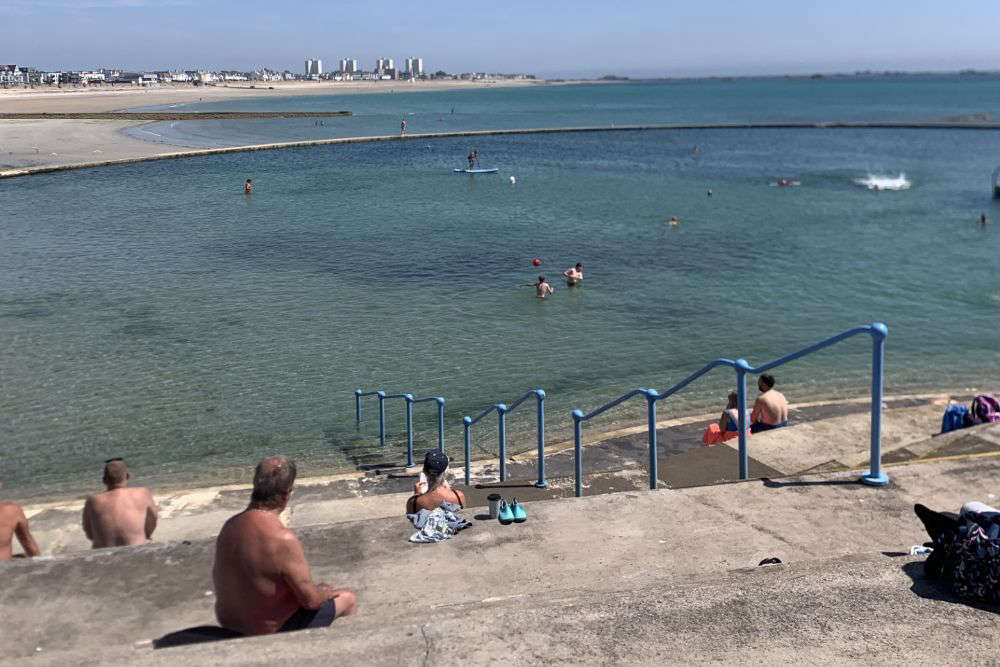
Jersey's new sewage treatment works is fully operational. The project has taken four years and cost £67 million.
The facility has the capacity to cope with a population of 141,600 people.
Already the team there say they have seen better storm water storage and efflulent quality and lower running costs.
They are also reporting reduced smells at Bellozanne
Duncan Berry, Head of Liquid Waste, says there is now more consistent control of the levels of nitrogen released into St Aubin’s Bay.
"We’re already seeing much improved odour control and a consistency around the effluent quality.
To help us maintain the performance of the plant, we would like to remind islanders to think carefully about what they put down the toilet or wash down the sink, as items such as fat, cotton buds and wipes can cause blockages in the sewer network as well as processing problems at the treatment works."
The new STW replaces the one on the same site that dated back to the 1950s and which had become inconsistent and difficult to maintain.
The replacement has been brought into use in phases and is now fully completed.
The project suffered a setback when the UK firm awarded the design and construction contract went into administration in 2021.
Infrastructure and Environment took over as principal contractor, with an in-house team leading the project, bringing it in on time and on budget.
Infrastructure Minister Deputy Tom Binet says it is a state-of-the-art new facility.
"Having recently been shown around Bellozanne, it’s clear to see it’s a remarkable piece of engineering that this exceptional team has quietly got on with, bringing it ‘in house’ to finish, ensuring Jersey has a modern Sewage Treatment Works, fit for our current and future population."
"With the Sewage Treatment Works now up and running with increased capacity, it’ll be vital to focus on the Island-wide infrastructure so we can support housing needs."
The new STW is part of a wider £83 million project at Bellozanne, which includes demolishing the old sludge platform, removing the hillside and replacing the Clinical Waste Incinerator.


 WATCH: Last Blue Islands plane leaves Jersey
WATCH: Last Blue Islands plane leaves Jersey
 Jersey pupils secure places in STEM Racing UK National Finals
Jersey pupils secure places in STEM Racing UK National Finals
 Plémont puffins get a Christmas makeover
Plémont puffins get a Christmas makeover
 New café bar and kitchen coming to Jersey Airport
New café bar and kitchen coming to Jersey Airport
 Fresh process to choose Havre des Pas Lido operator
Fresh process to choose Havre des Pas Lido operator
 Jersey Water has 100% compliance in all water quality standards, including PFAS
Jersey Water has 100% compliance in all water quality standards, including PFAS
 Large-scale Jersey drug dealer jailed
Large-scale Jersey drug dealer jailed
 Jersey's politicians agree 2026 Budget
Jersey's politicians agree 2026 Budget



